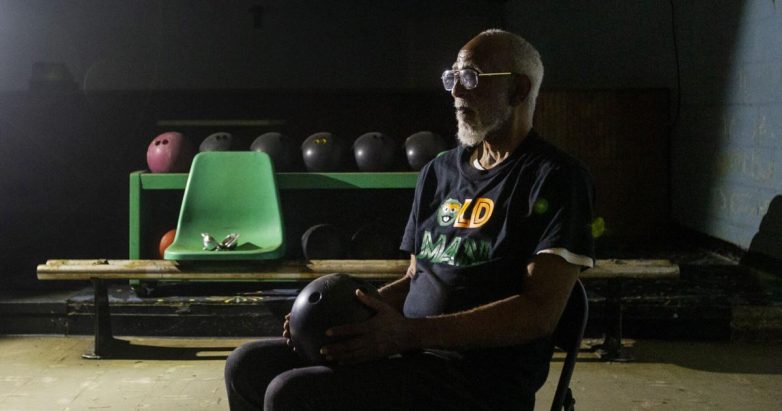

Obituary – Death – Cause of death News : In 1967, the small town of Orangeburg, South Carolina, became the epicenter of a student-led protest that would forever change the course of history. The events that unfolded at South Carolina State University during this tumultuous time would come to be known as “The Cause,” a movement that sought to challenge the status quo and demand justice for Black students on campus.
At the heart of this movement was a young man named Stroman, a student who had already found himself embroiled in campus politics due to his strong beliefs in equality and justice. When the college’s treatment of faculty, discipline imposed on students, and absence of a Black Studies program became too much to bear, Stroman and his peers took a stand against the administration.
The tipping point came when a local bowling alley refused to serve Black patrons, despite protests from Stroman and others. This act of segregation sparked a series of demonstrations that quickly gained momentum, drawing in more students and community members who were fed up with the injustices they faced.
As tensions escalated, clashes with law enforcement ensued, resulting in injuries and arrests. The violence that erupted that fateful night only served to galvanize the student body, pushing them to fight even harder for their rights.
In the aftermath of these events, the legacy of “The Cause” lived on, inspiring future generations to continue the fight for equality and justice. The courage and determination of Stroman and his fellow protesters serve as a reminder of the power of grassroots movements in creating lasting change.

Orangeburg SC civil rights activist John Stroman dies at 81 | News
Why did Stroman return to Orangeburg in 1967?
He was back in Orangeburg to finish his studies and became involved in campus politics.
What was “The Cause” that Stroman was involved in?
“The Cause” sought the removal of college president Benner C. Turner.
What actions did Stroman take regarding the bowling alley?
Stroman challenged the assertion that the bowling alley was a “privately owned club” and protested against its segregation policy.
What led to the escalation of tensions at the bowling alley?
When owner Harry Floyd called the authorities on the protesters, tensions escalated as more students joined the protest and clashed with police.
How did the events at the bowling alley impact the student body?
The events at the bowling alley galvanized the student body and led to further protests and actions against segregation policies.
Harry Floyd Calls Authorities
On Monday, January 29, 1968, Stroman and a small group of Black patrons challenged the segregation policy at the All-Star Bowling Lanes. Owner Harry Floyd called the authorities, who then ordered the bowling alley closed for the night and forced the protesters to leave.
Source: Post and Courier
Increased Protesters and Police Presence
The following evening, more protesters gathered at the bowling alley, only to be met by about 20 police officers. Some students were arrested, which provided them with the opportunity to take legal action against Floyd’s segregation policy. This incident quickly spread word among students on campus, who then joined the protest.
Source: Post and Courier
Violent Confrontation
As the protests escalated, Stroman stood atop a car and urged the students to leave. However, when another 50 officers arrived, pushing and shoving quickly escalated to the swinging of batons. Many students, including young women, were injured in the chaos. Stroman himself was struck on the head, further inciting tensions. Some protesters on their way back to campus even resorted to shattering shop windows with bricks.
Source: Post and Courier
Impact on Student Body
Bill Hine, a retired history professor who taught at S.C. State, emphasized the significance of these events in galvanizing the student body. The violent confrontations and the police response mobilized the students and sparked further action against segregation policies at the time.
Source: Post and Courier



